
A couple of weeks ago, a good article was published on Habré with an explanation of the chemical processes that occur during yellowing and bleaching of ABS plastic. The author presented the theory in an accessible way, but I would like to supplement it with practice. Coincidentally, about a year ago, I started my own color restoration experiments. The post will be primarily of interest to lovers of retro iron, but not only to them, since there are products made of such plastic in almost every home. The material turned out to be very large, so I will split it into two parts.
, . ABS- — , . , . , , , . «, , !».
.
, — - . . — . 3% — . . , . 10- 1000 . , «».
— !
— . (, , ) . , , . — . , .
-, , , . : , .

, . , : .

, . — 6 30%. , 37- , — 15%.
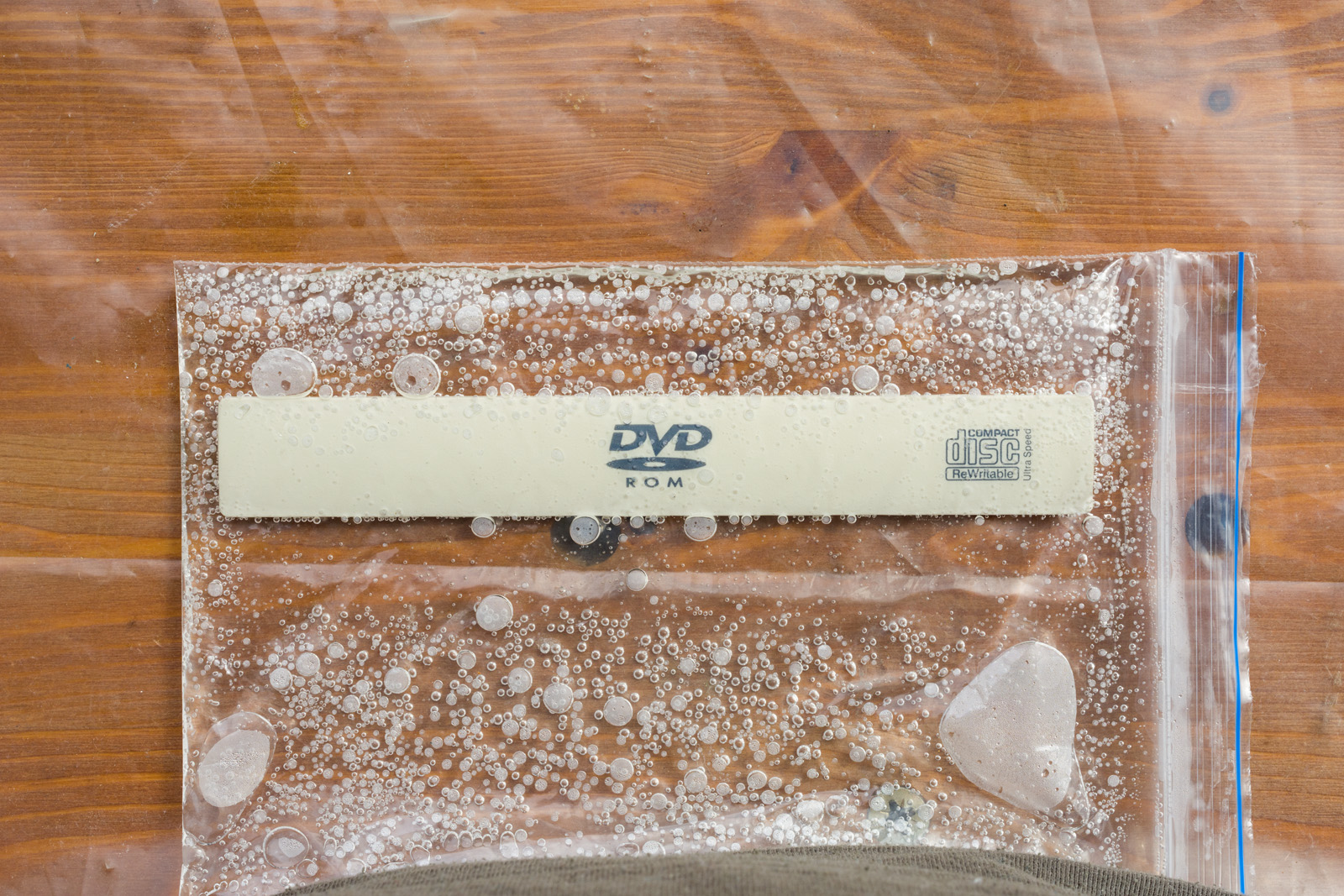
, — , , . , - . , , , «» .
, , . , , , , . .
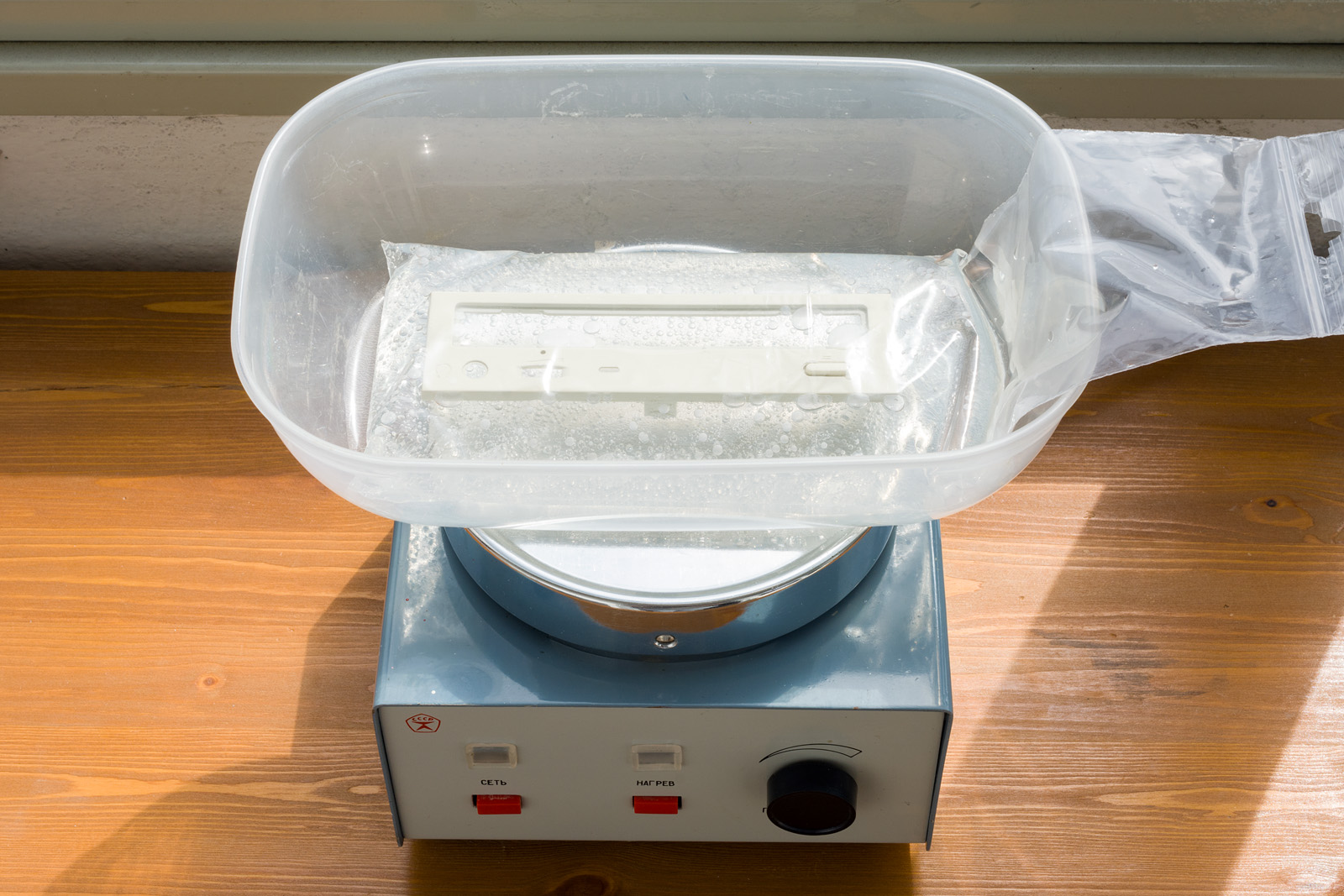
, .
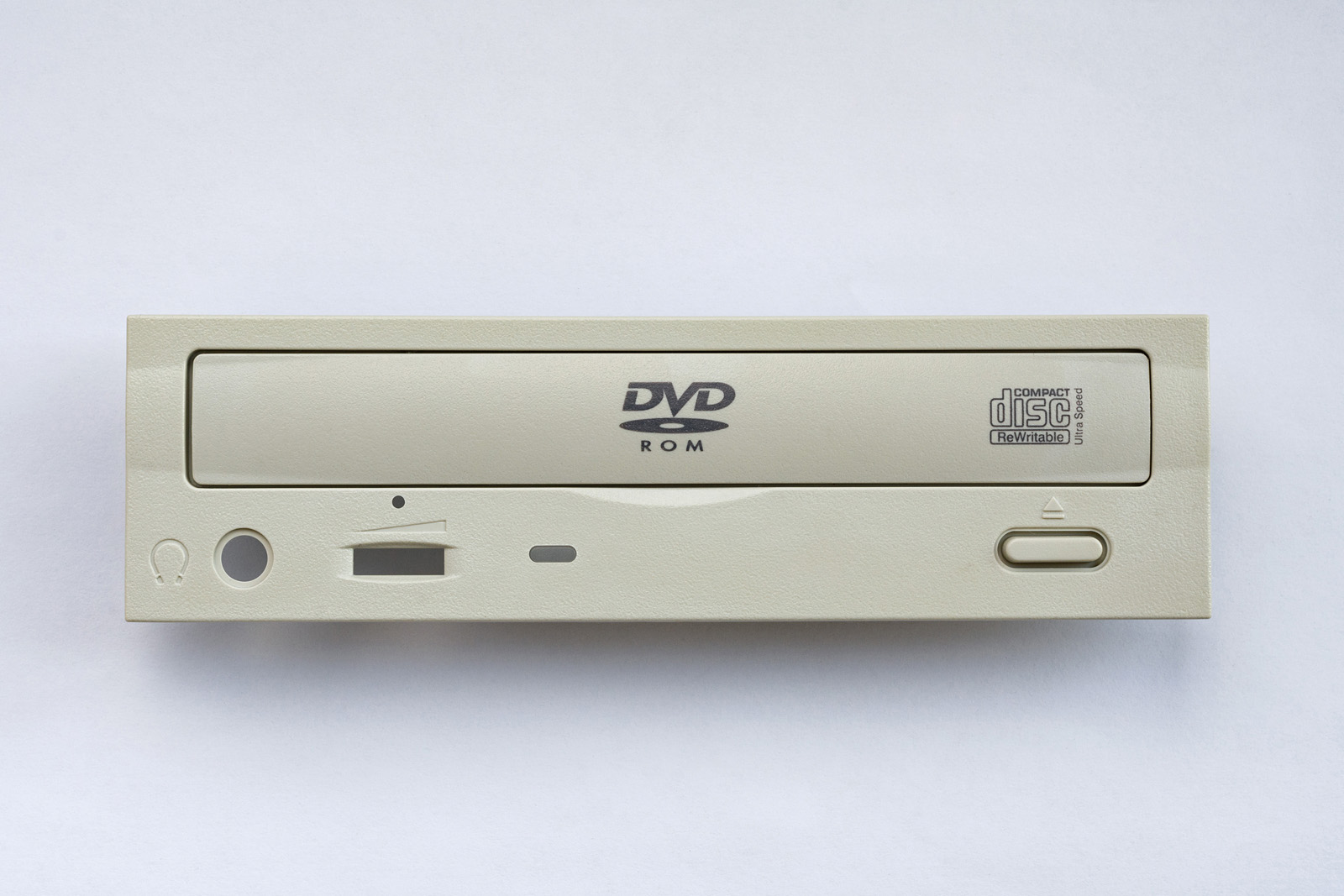
. .
, . , .
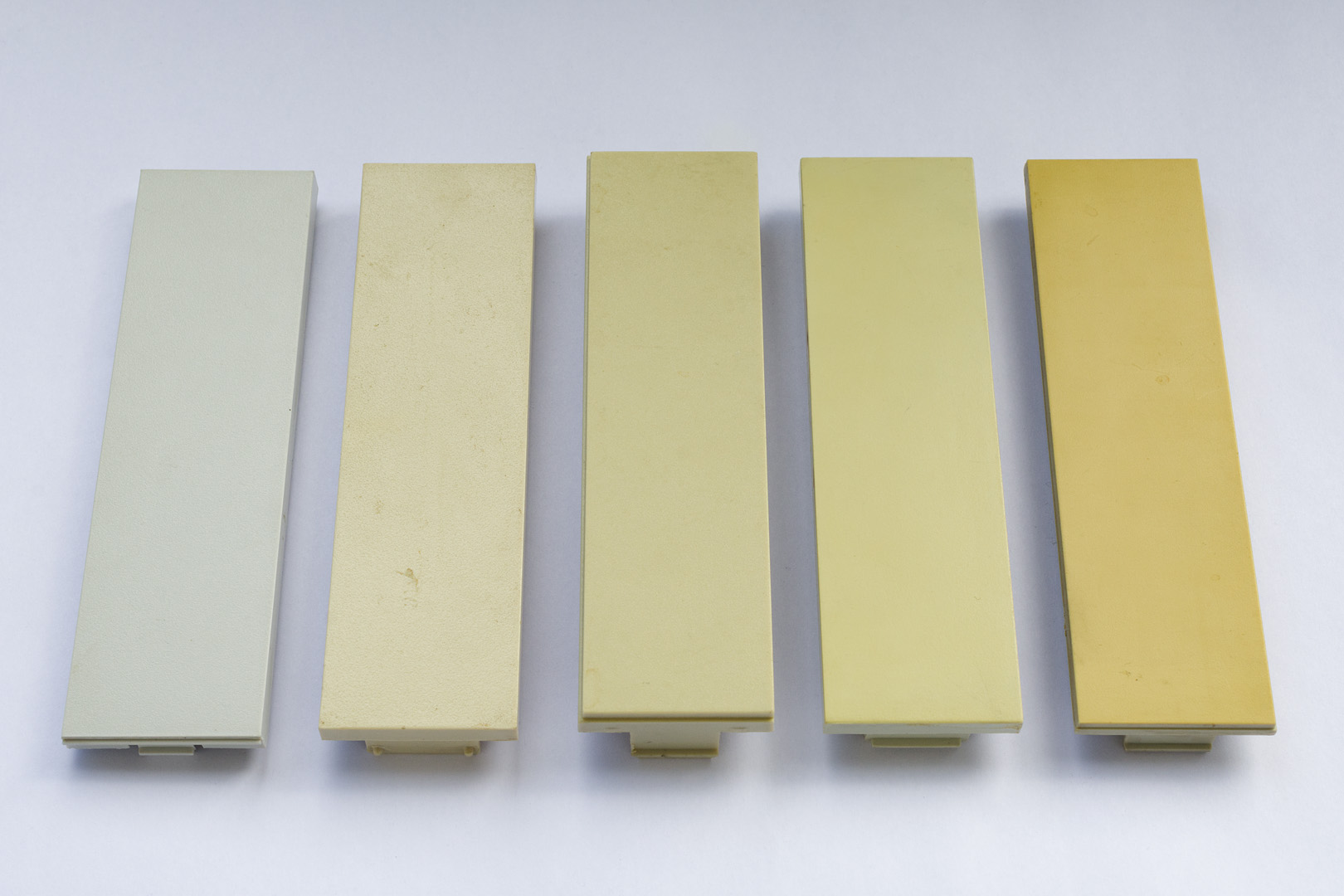
. , . — . (UVA, 400–315 ) , .
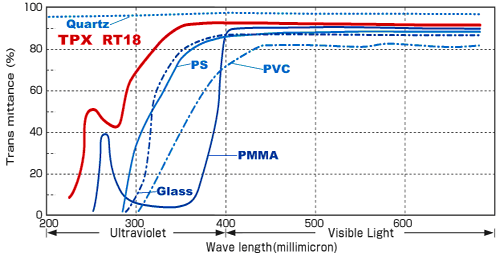
, , . - , .
.
« ».

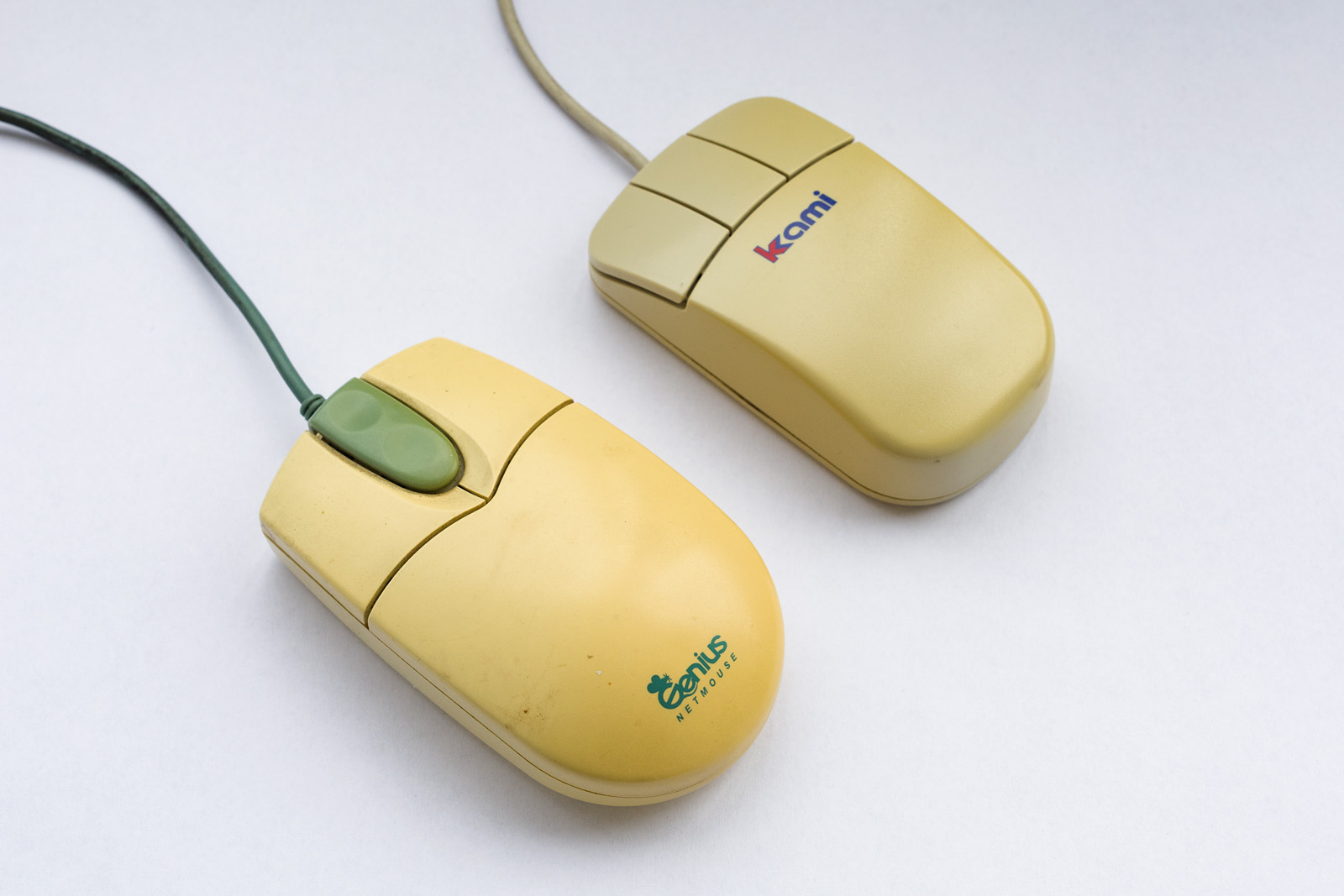
, , , , . , 70°C. , .
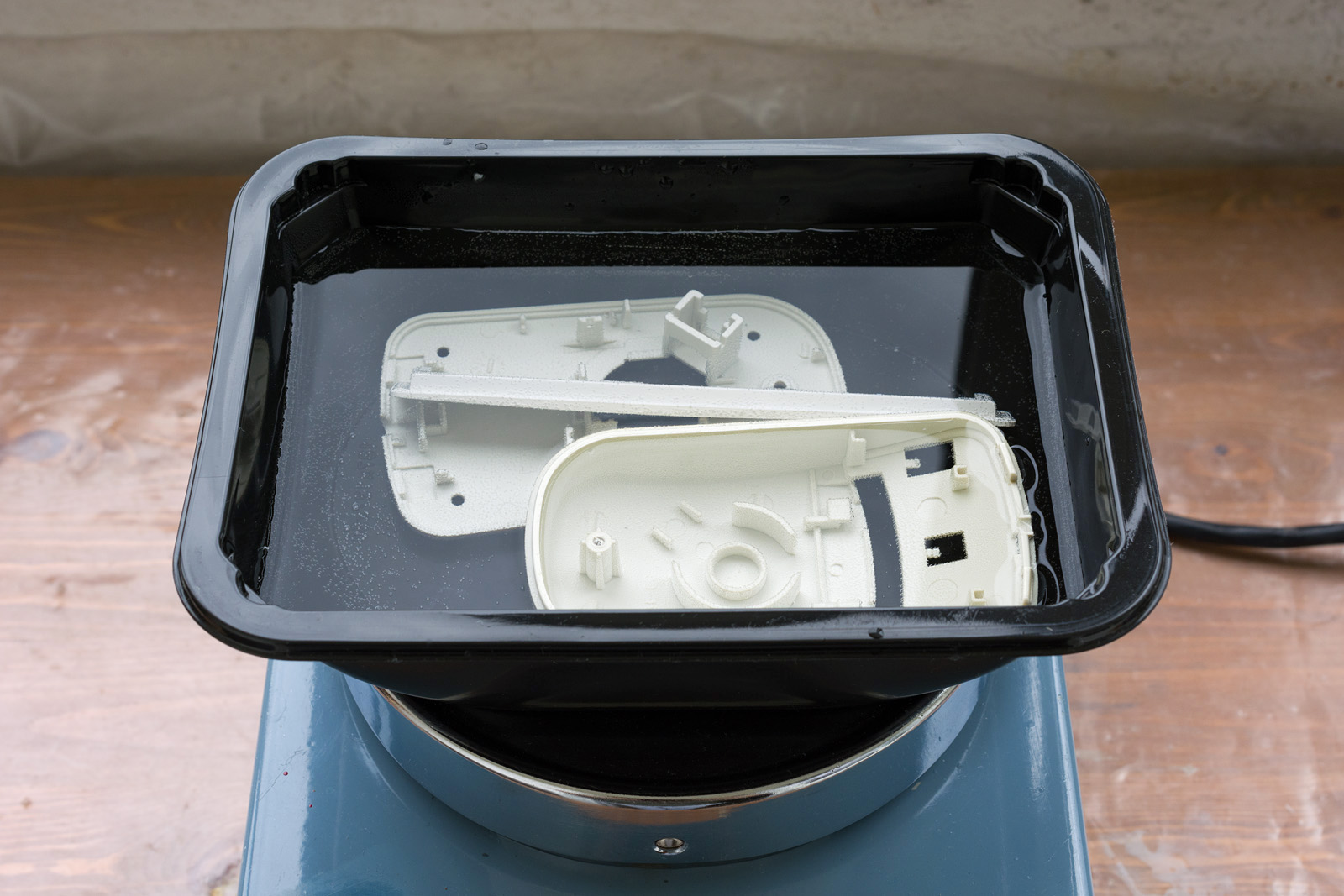
, . . . :

, , — 65°C. , . , , . , , , .
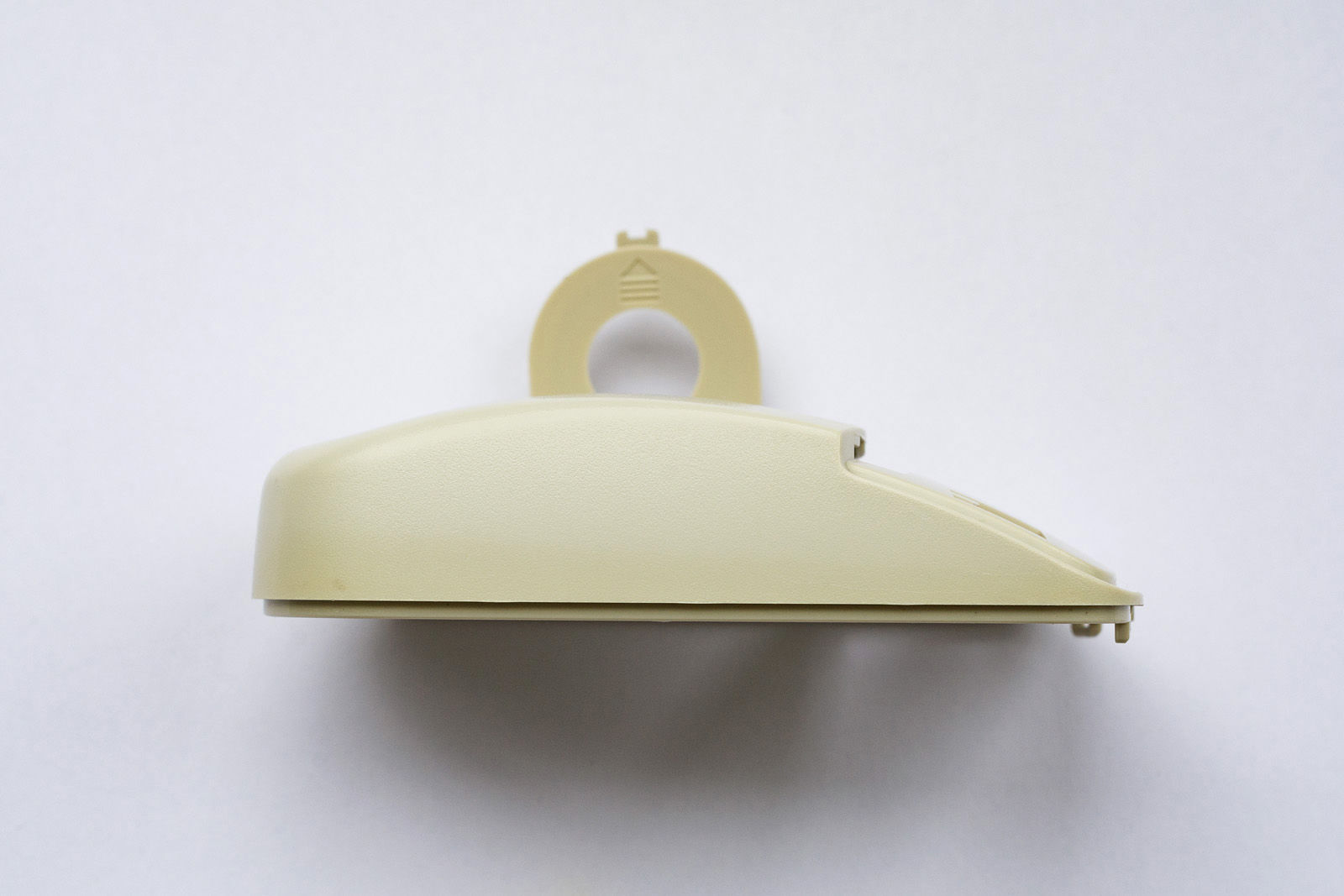
, , , . . , , .
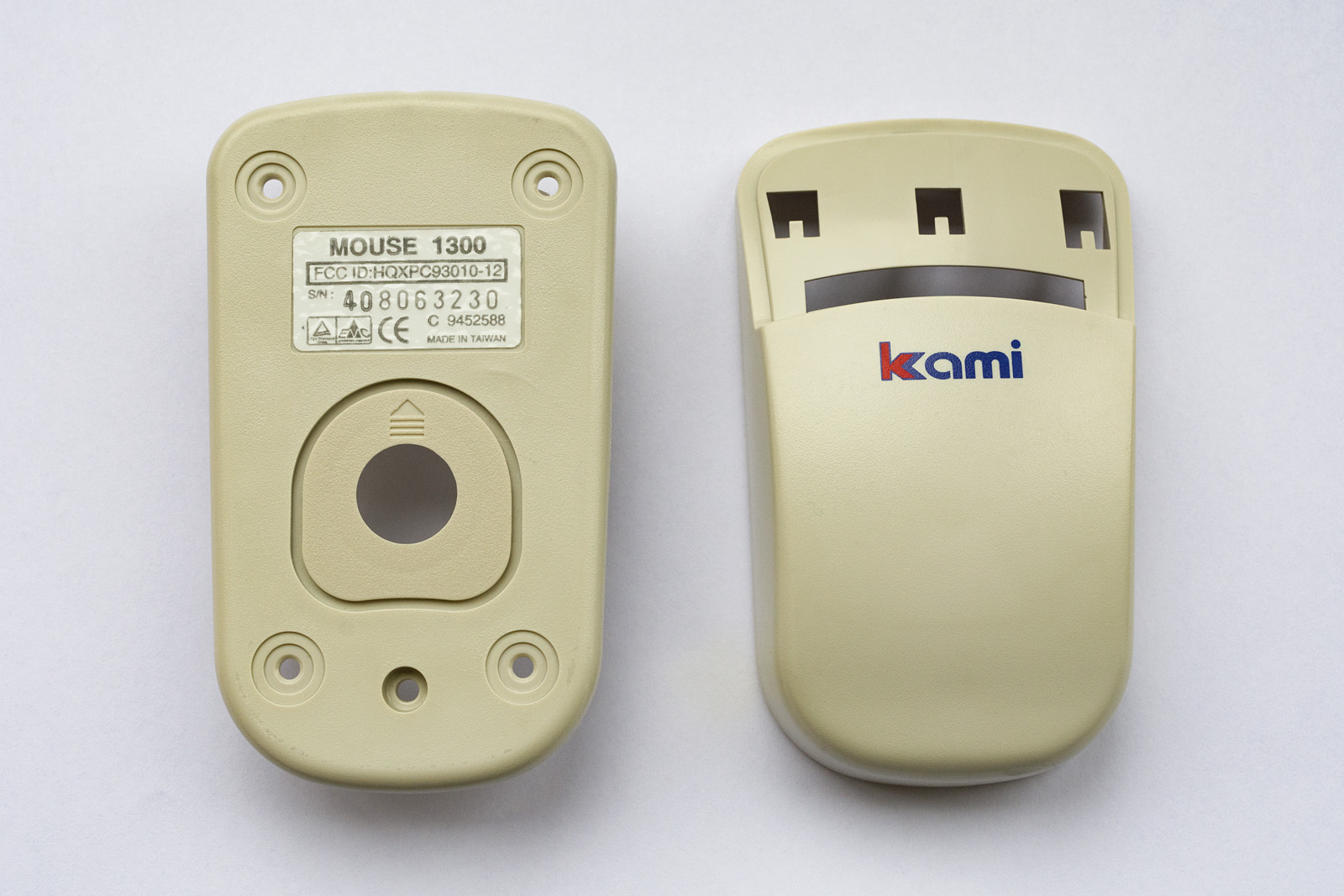
, , . . , . , . , , , . , «».

, , .
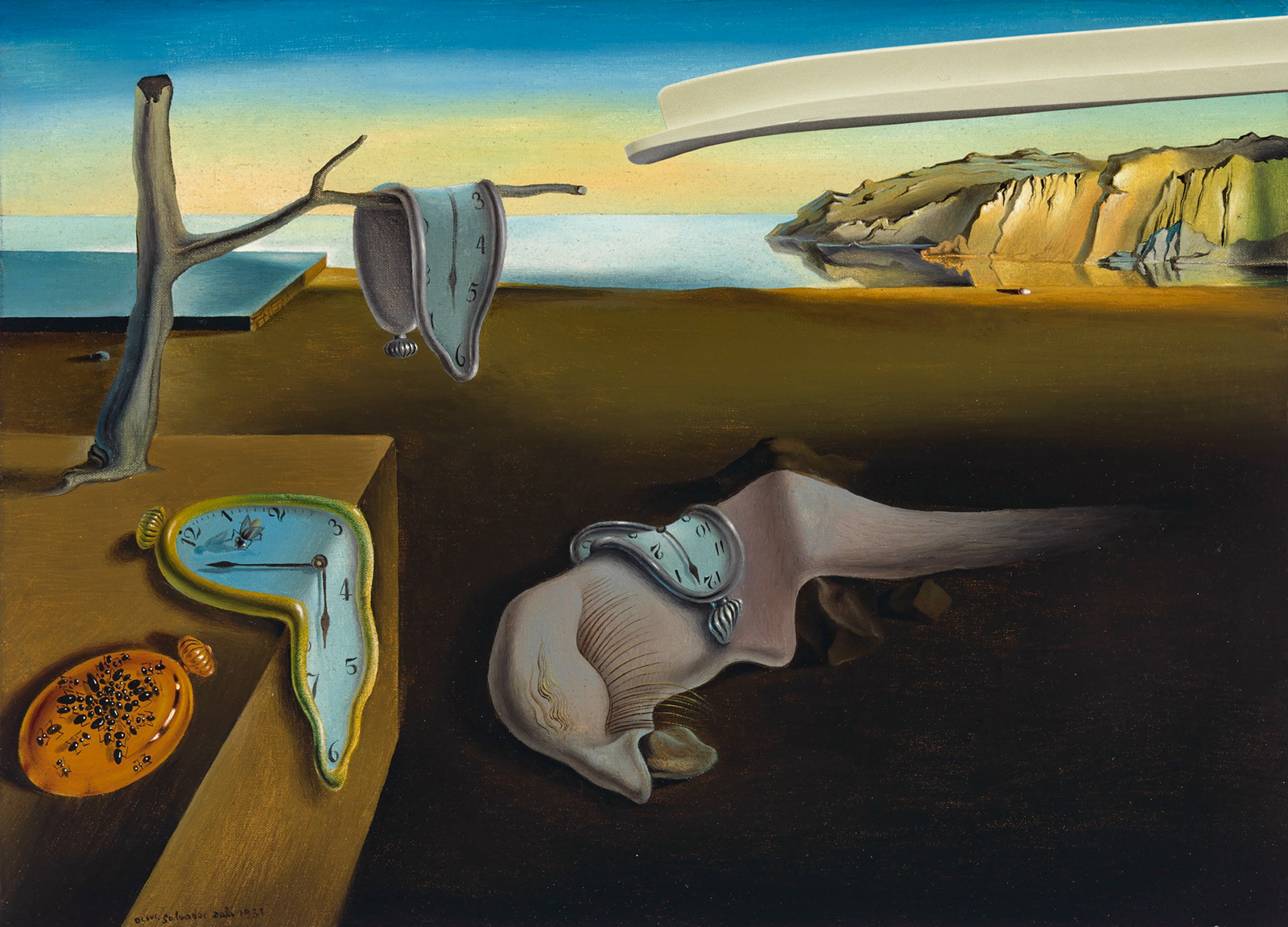
.
, Retrobright . Kami , .

.
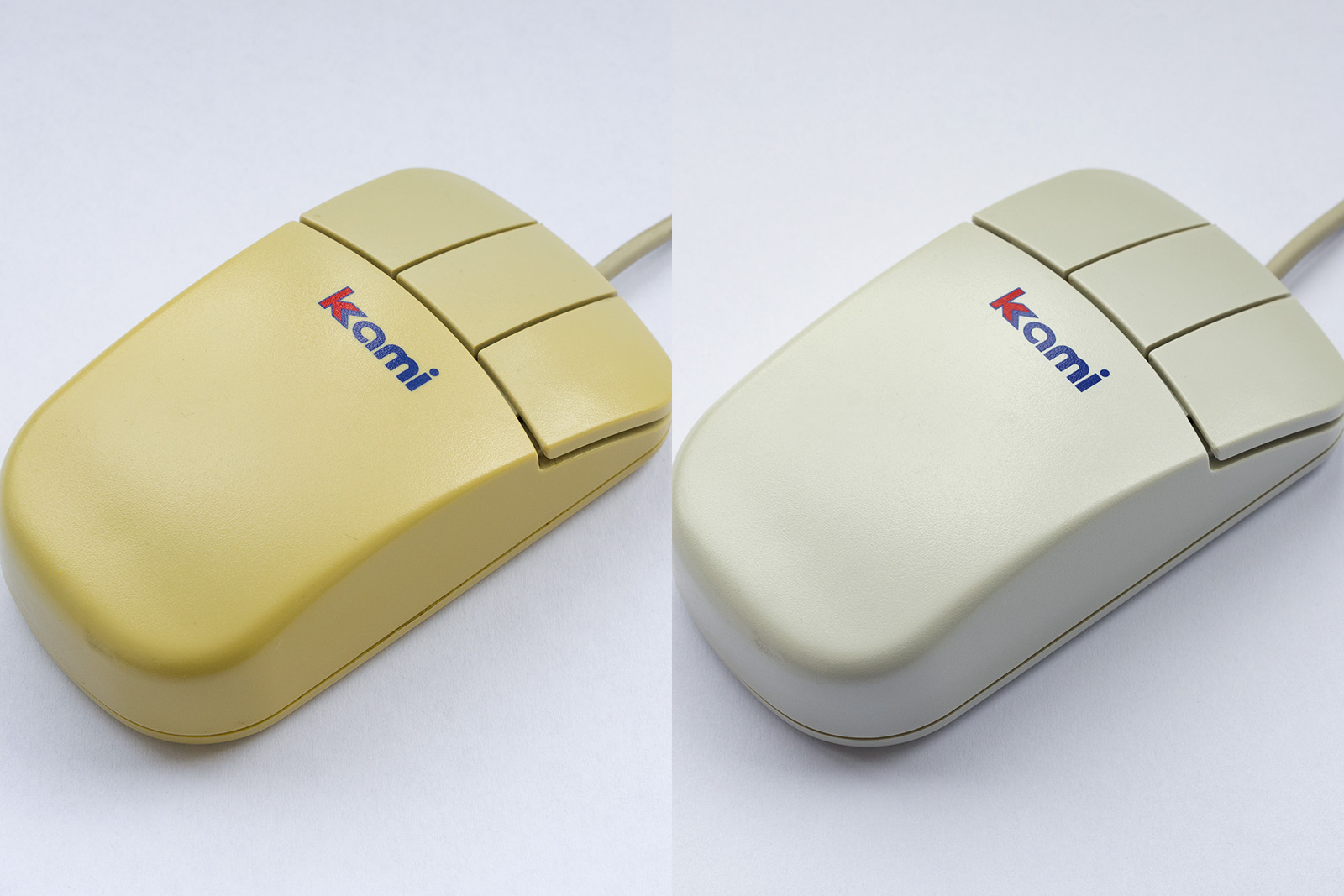
, . , . . ( , ). , .
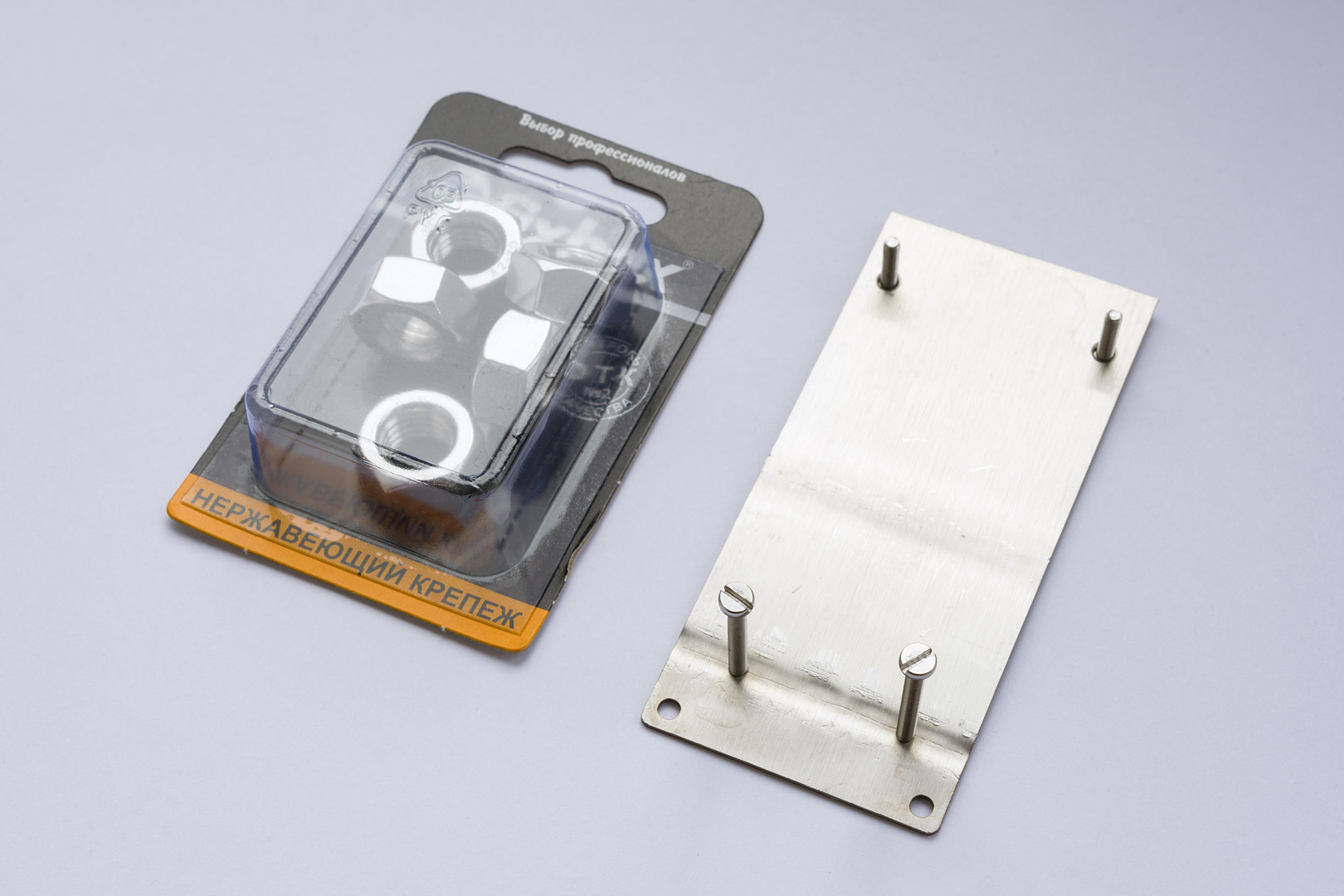
, .
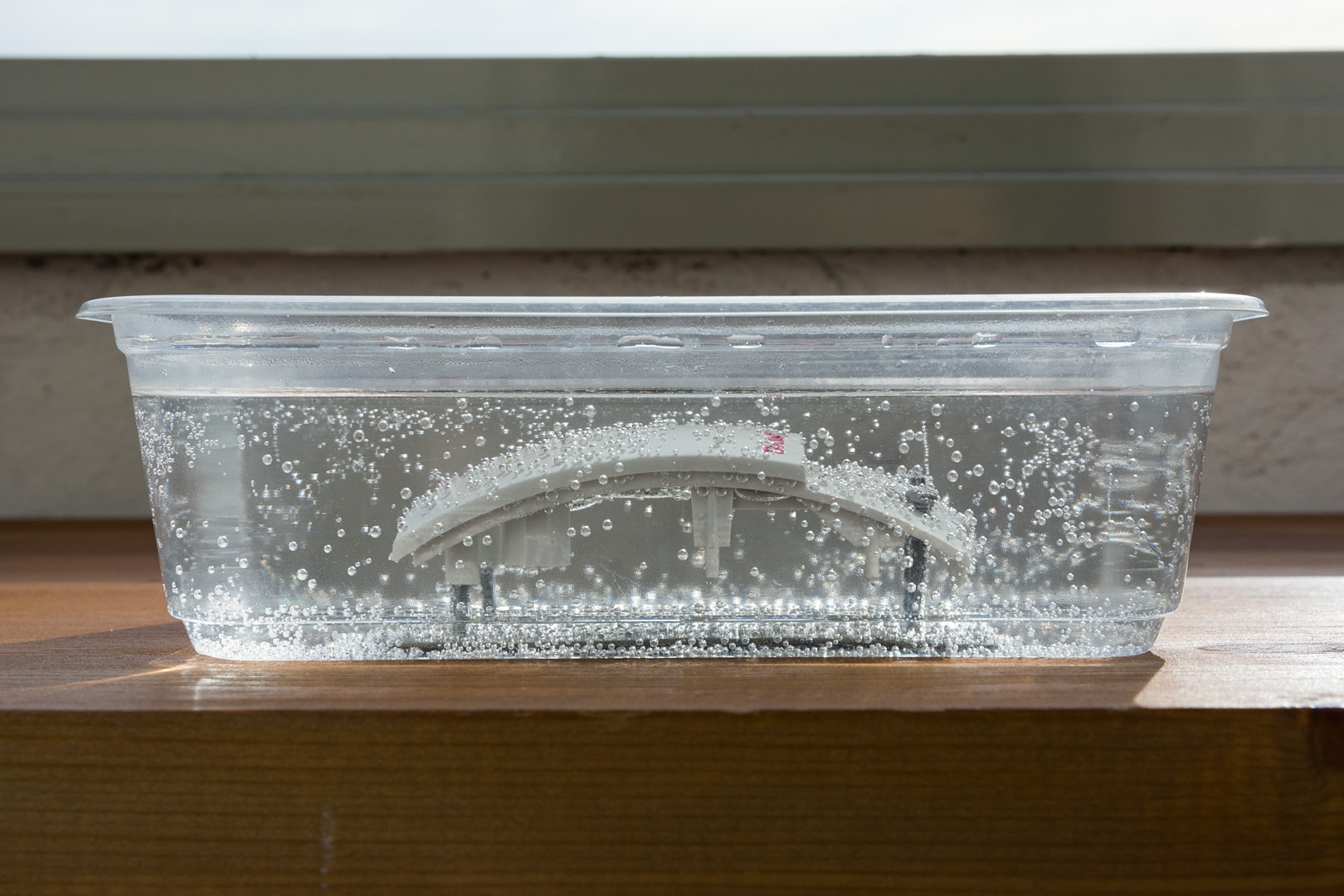
:

, , . :
Retr0bright , .
«» — , . . - , -. Retrobright ( ), --. , , . , . Genius. , , DVD- Kami.
. , , . Retrobright , — . ? .

, , . . , , , . , , , .
, , . - , - — . . !
, , -. :
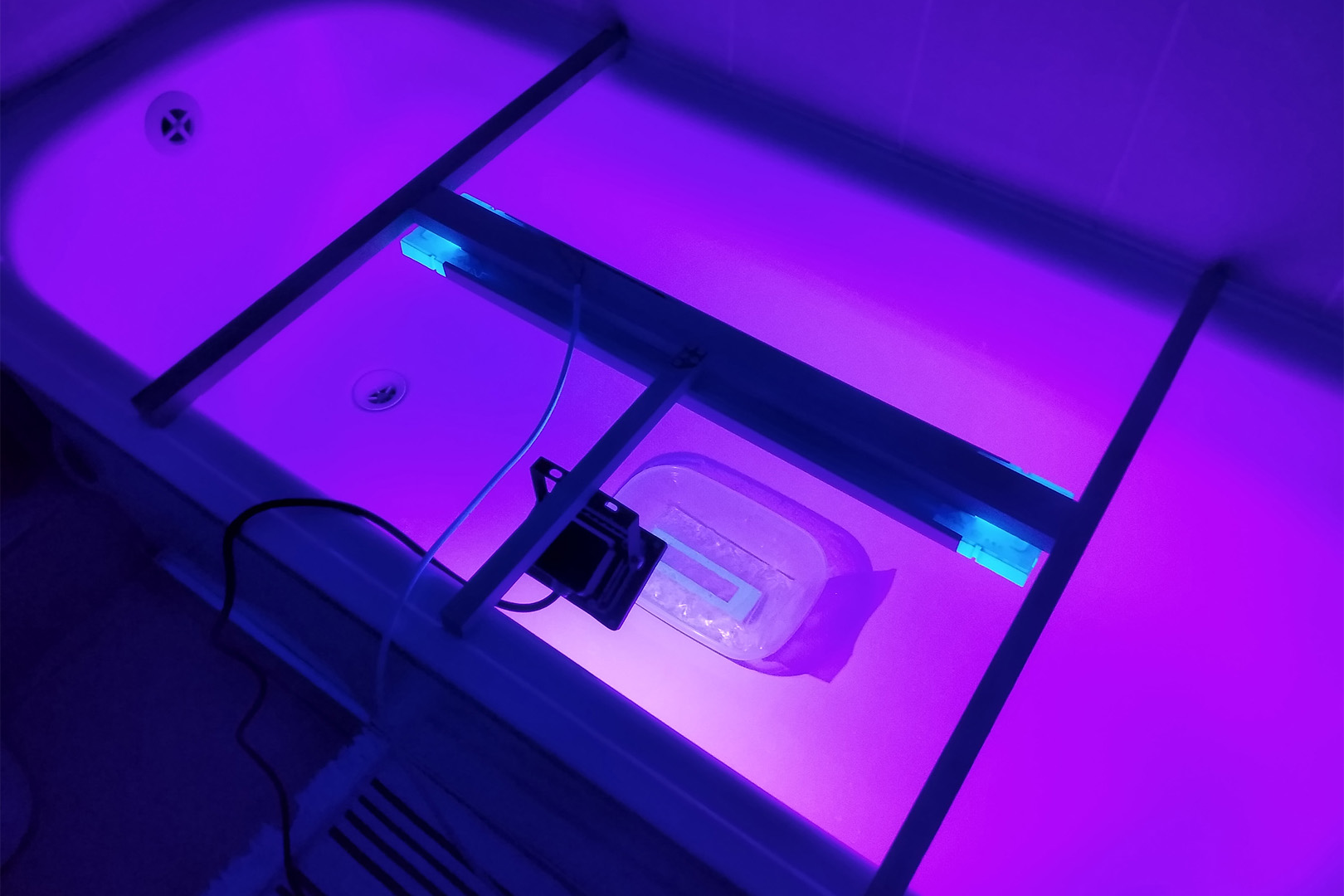
:
. (, , ) .
— 15%.
, .
UV radiation can be replaced by heating, but there is an increased risk of damaging stickers and decals. The use of a water bath is highly recommended.
Also, due to heating, you can make the parts lighter than they were originally. This can be useful if you are looking for aftermarket replacement parts.
I will be glad to answer your questions in the comments. I will also listen to criticism, especially since this is my first publication on Habré. Thanks for attention!